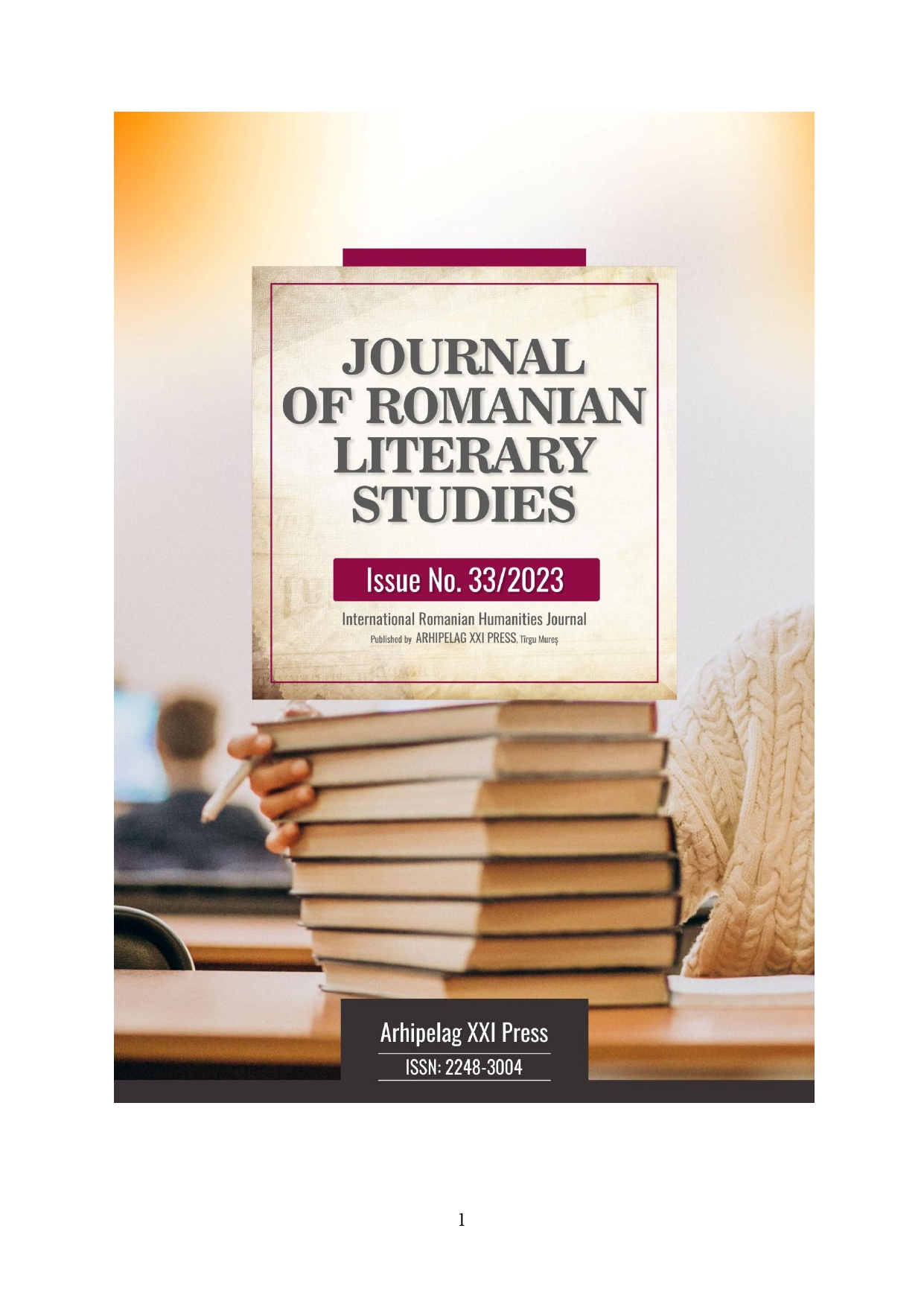CONSIDERATIONS REGARDING THE ACTIVITY OF THE SARMATIANS NORTH OF THE LOWER DANUBE IN THE 4TH CENTURY REFLECTED IN LITERARY SOURCES
CONSIDERATIONS REGARDING THE ACTIVITY OF THE SARMATIANS NORTH OF THE LOWER DANUBE IN THE 4TH CENTURY REFLECTED IN LITERARY SOURCES
Author(s): Ştefan Lifa, Alexandru FodorSubject(s): Cultural history, Diplomatic history, History of ideas, Military history, Political history, Social history, Ancient World
Published by: Editura Arhipelag XXI
Keywords: Sarmatians; northern Lower Danube; Iazyges; Roxolani; Argaragantes; Limigantes; Constantine the Great; Taifals;
Summary/Abstract: The expansion of the Roman Empire in the first century BC – first century AD brought the Romans into direct contact with the Sarmatian populations north of the river. Over the next four centuries, the Empire’s relations with the two main groups of Sarmatians, the Iazyges and the Roxolani, alternated between barbarian invasions to plunder the neighbouring Roman territories and periods of peace during which the Sarmatians, especially the Iazyges, had the status of foederati. After the Aurelian retreat, the Sarmatians also expanded into the Banat region. However, the establishment of the Thervingi north of the Lower Danube and their imposition as the dominant political factor in the region placed the Sarmatians in a secondary role. The article aims to analyse the activity of the Sarmatians north of the Lower Danube during this period of decline as it is reflected in the narrative sources. This is something that implicitly involves treating them especially from the perspective of relations with the Empire, considering that most of the information in the sources comes from Roman authors. Among the matters covered are the confrontations of Constantine the Great with the Sarmatians, the civil war between the Argaragantes and the Limigantes, as well as the mention of the Sarmatians expelled from Caucaland by Athanaric on the occasion of the retreat of the Thervingi leader from the Huns in 376. The study analyses the issue of the identity of the Argaragantes and the Limigantes. It is considered that the two groups have a heterogeneous composition in which elements belonging to the two Sarmatian groups have dominant status: Iazyges in the case of the former, Roxolani in the case of the Limigantes. Last but not least, the issue of the ethnic origin of the Taifals is also discussed, concluding that they belong to the group of Sarmatian populations.
Journal: Journal of Romanian Literary Studies
- Issue Year: 2023
- Issue No: 33
- Page Range: 326-337
- Page Count: 12
- Language: Romanian

